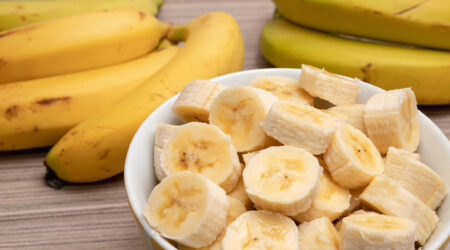
7 warning signs of prostate cancer
Prostate cancer is a condition in which healthy cells in the gland start growing uncontrollably, subsequently forming a tumor. Cancerous tumors may grow and spread to other parts of the body. So, it is important to seek treatment at the earliest. But, as such unusual developments might be associated with other health conditions, one may often overlook the possibility of cancer. So, here are eight signs to help identify the onset of prostate cancer: Pain in the prostate One may experience pain in their prostate due to bacterial infections, bladder stones, prostate stones, UTIs, and even following surgery. But the sudden onset of pain in this gland without any known conditions contributing to it could be a sign of prostate cancer, so it should be examined by a doctor. The pain might indicate the development of cancerous cells. One may notice it more when they sit down. Issues with ejaculation One of the most common symptoms of conditions associated with the prostate is ejaculation issues. While it could be triggered by other complications, one should seek a proper diagnosis. Difficulty ejaculating could also be an indicator of prostate cancer that may require undergoing various treatments and therapies. A few symptoms one may experience include painful ejaculation, reduced volume of ejaculation, and hematospermia (blood in the semen). Sudden change in muscle mass There are many reasons one may experience a loss in body mass, including regular exercise and health conditions like diabetes, dental problems, and dementia. Further, the side effects from ongoing prescriptions are also known to trigger changes in appearance. However, unexpected muscle mass loss is also a common indicator of prostate cancer that may have spread to other parts of the body. Termed cachexia, the symptom may develop due to increased metabolism, loss of skeletal muscle, fatigue, and loss of appetite, all of which are early signs of prostate cancer.
Read More 









